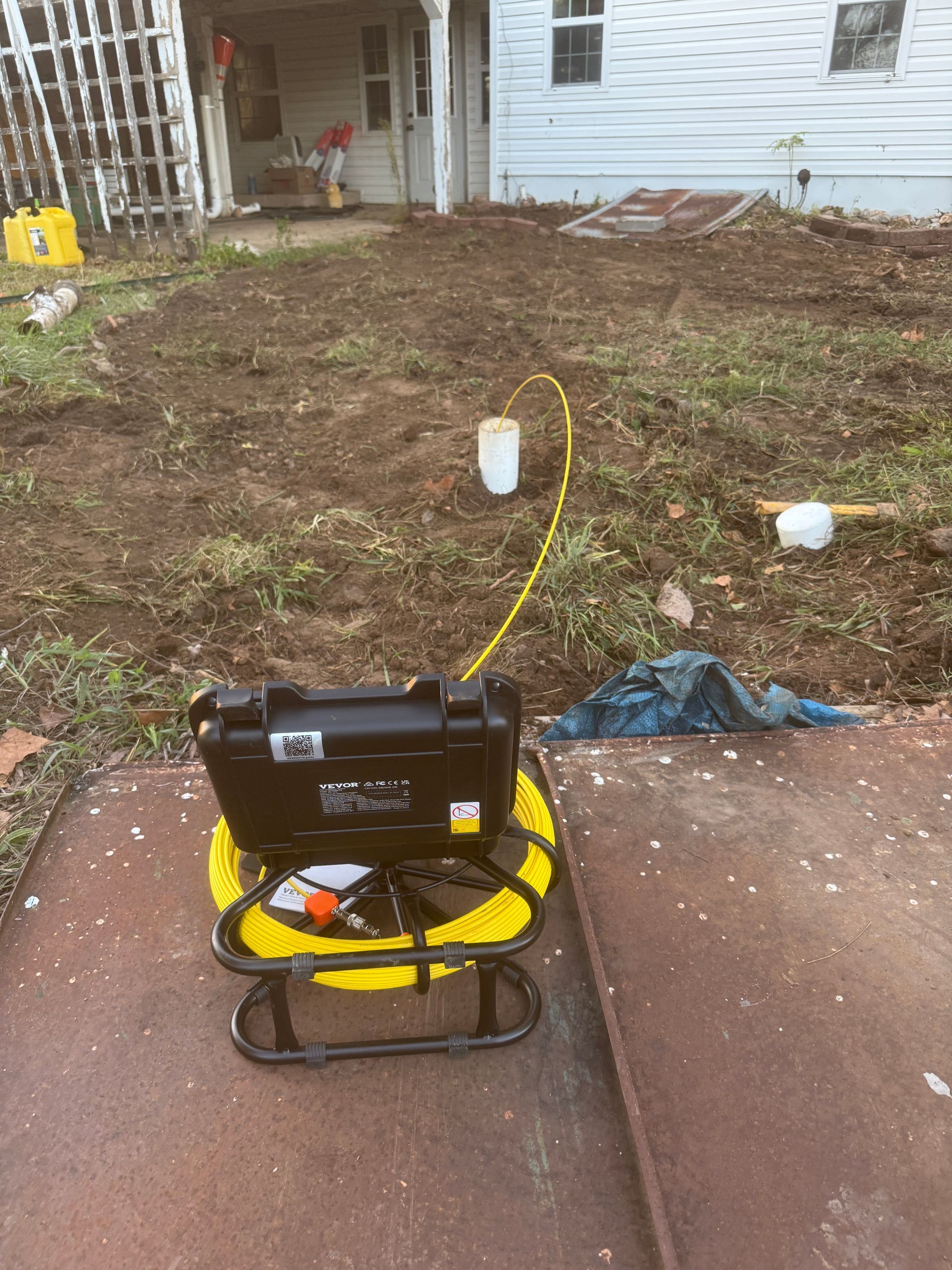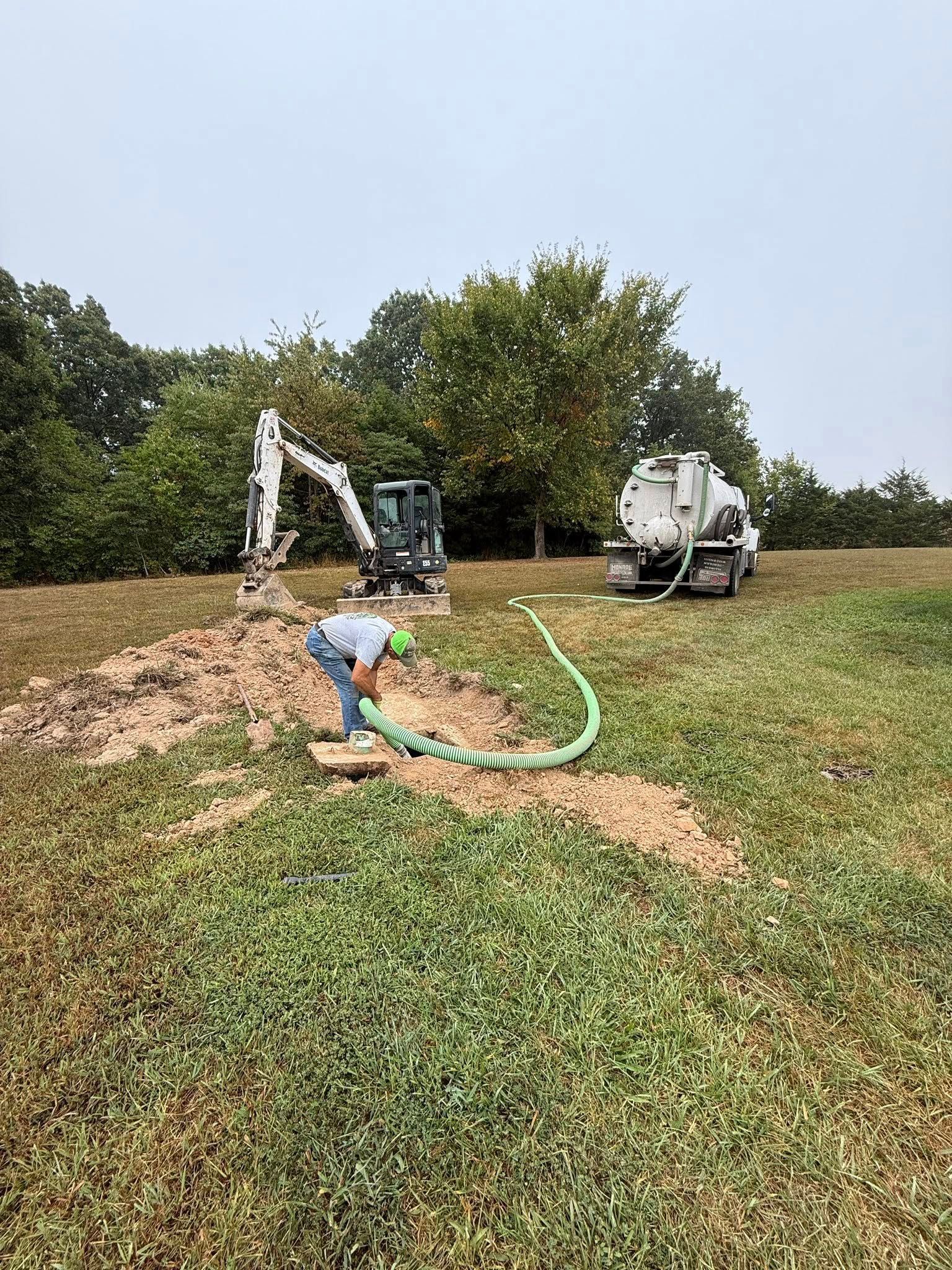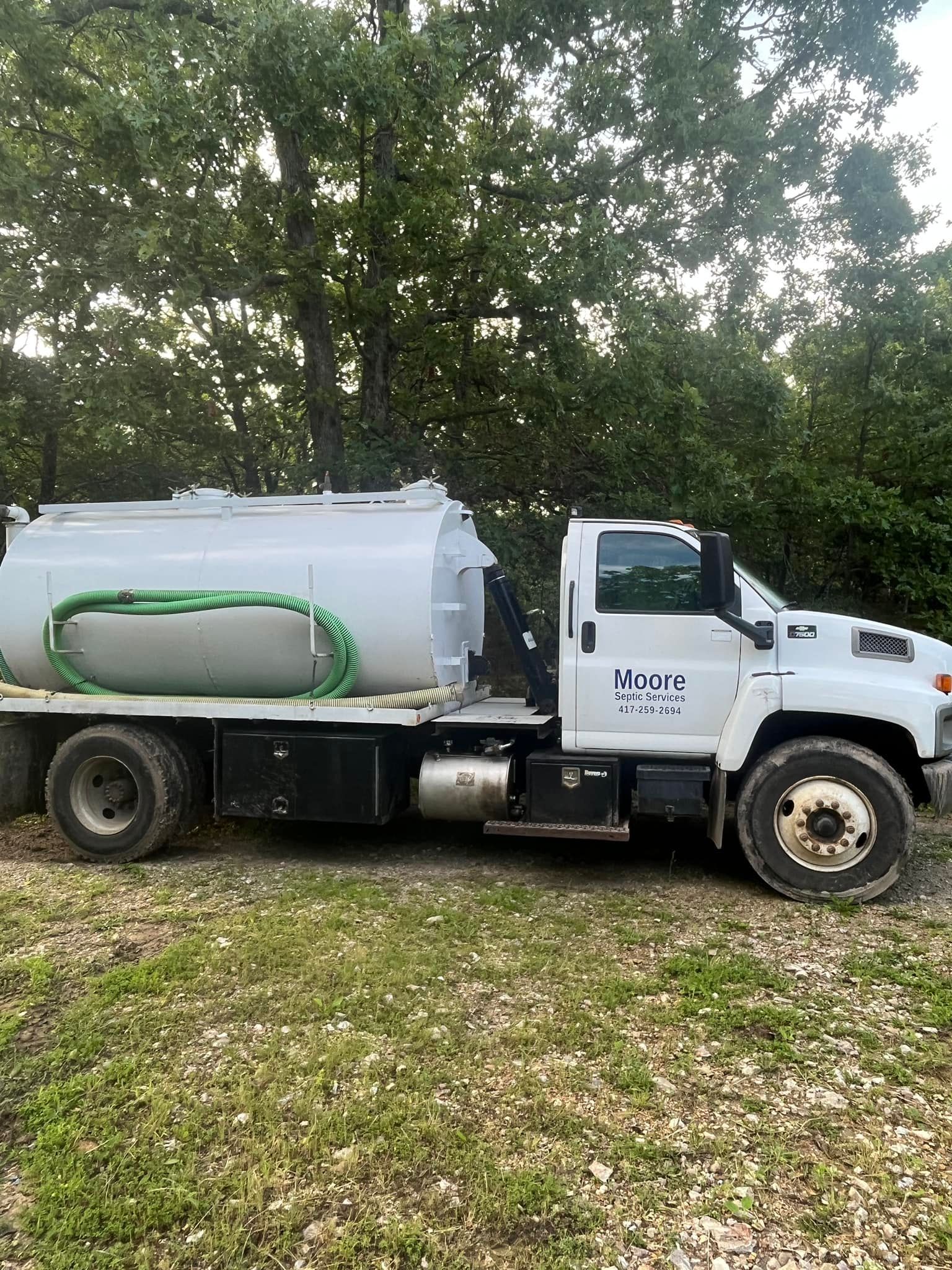Regular septic tank pumping protects your home, your yard, and your wallet. But the right schedule isn’t the same for everyone. In this Missouri-focused guide, we break down how often to pump, local factors that speed up buildup, and the warning signs that mean it’s time to call a pro. If you’re in Springfield, Ozark, Miller, or nearby rural communities, this will help you plan maintenance—and know when to request same-day septic pumping.
How Often Should You Pump Your Septic Tank in Missouri? Springfield, Ozark & Rural Septic Guide
Moore Septic Services
How Often Should You Pump a Septic Tank?
General rule of thumb: every 3–5 years for a typical single-family home. That said, your best interval depends on:
- Tank size vs. household size: Smaller tanks and larger families fill faster.
- Water use habits: Long showers, frequent laundry, and garbage disposal use add load.
- What goes down the drain: Wipes, grease, and hygiene products accelerate buildup.
- System age & condition: Older or heavily used systems need more frequent service.
- Missouri soils: Local clay soils and seasonal saturation can stress leach fields.
Unsure of your last pump date? If it’s been over three years—or you just moved—schedule an inspection and pumping service to reset the clock.
Missouri-Specific Factors to Consider
- Clay-heavy soils: Common in southwest Missouri, they drain slowly and can reduce leach field performance.
- Rural usage patterns: Hobby farms, guest stays, and outbuildings increase water use.
- Seasonal rainfall: Prolonged wet periods can saturate drain fields, making preventative pumping smart.
5 Signs Your Septic Tank Needs Pumping Now
- Slow drains across multiple fixtures
- Gurgling in toilets or sinks
- Odors inside or near the tank/field
- Wet spots or pooling above the drain field
- Backups or sewage at the lowest drain
Seeing one or more? Request emergency septic service to prevent damage.
How Pump Frequency Impacts Cost
Routine pumping is far less expensive than repairing a failed drain field or cleaning up a backup. Staying on a 3–5 year schedule helps avoid emergency callouts, protects your leach field, and extends system life.
Inspection First, Then Pump
Pumping removes solids, but it doesn’t diagnose the root cause of recurring issues. If you’ve had repeated slowdowns or backups, pair your service with a sewer camera inspection to check for root intrusion, crushed lines, or improper slopes before problems return.
Serving Springfield, Ozark, Miller, and Nearby Communities
We provide septic tank pumping and maintenance across Springfield, Ozark, Miller, and surrounding areas including Republic, Rogersville, Marshfield, Lebanon, Ft. Leonard Wood, Rolla, Houston, West Plains, Mountain Grove, Mansfield, and Seymour. See all service areas.
Need Same-Day Septic Pumping?
Moore Septic Services offers fast, affordable, reliable, same-day pumping with upfront pricing. Schedule online or call our local team.
Request Service or call (417) 259-2694
Septic Pumping FAQs (Missouri)
What is the average septic pumping interval?
Most homes should pump every 3–5 years. Larger households, smaller tanks, or heavy water use may require a shorter interval.
Can I wait if drains are just a little slow?
Slow drains often signal rising sludge levels or developing clogs. Scheduling pumping now helps prevent backups and costly repairs.
Do you offer same-day septic pumping near Springfield?
Yes. We provide same-day and emergency pumping across Springfield, Ozark, Miller, and nearby rural communities.
Should I get a camera inspection, too?
If you experience recurring slowdowns or backups, add a camera inspection to identify roots, crushed pipes, or misaligned lines before they worsen.



